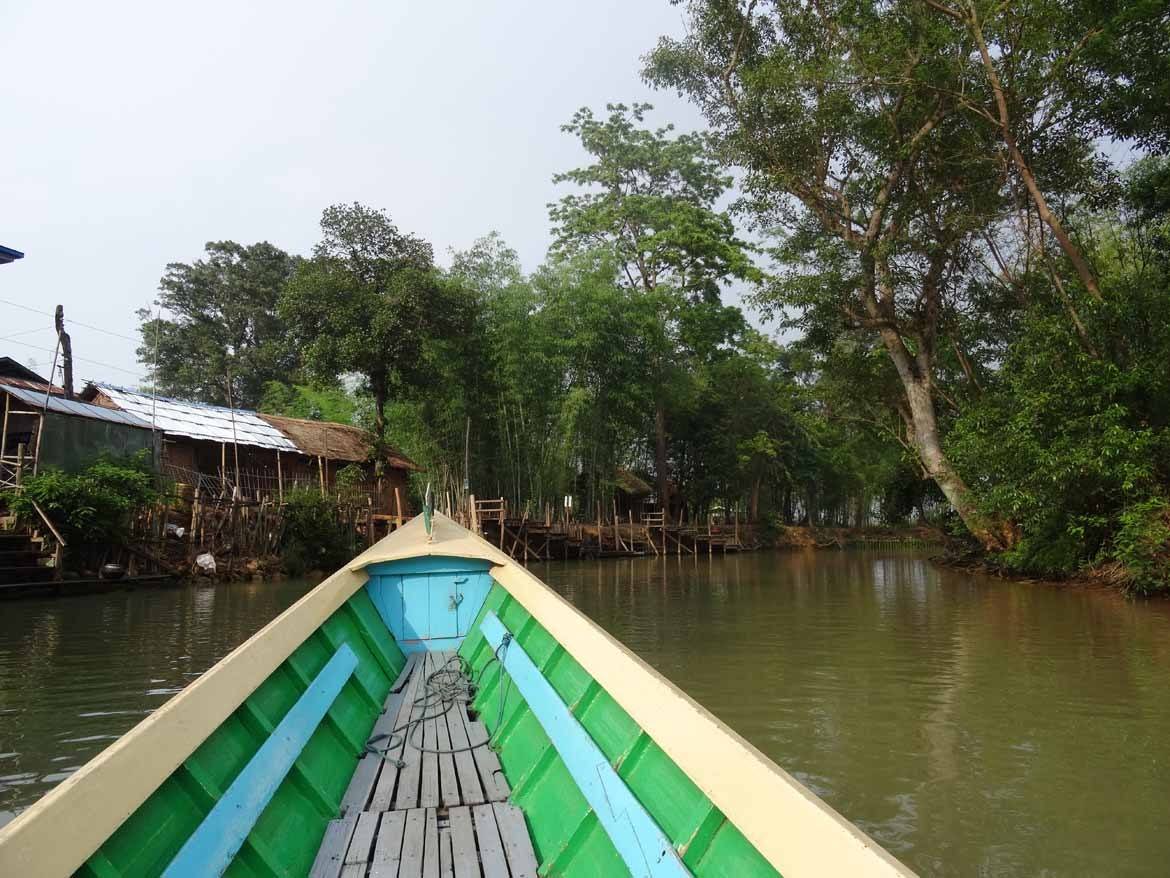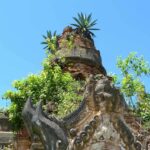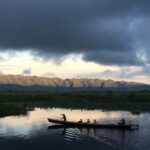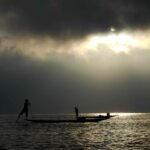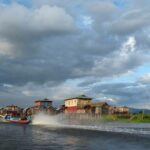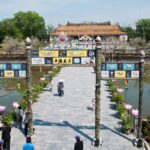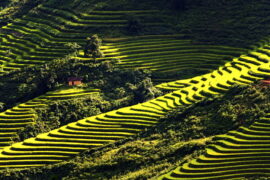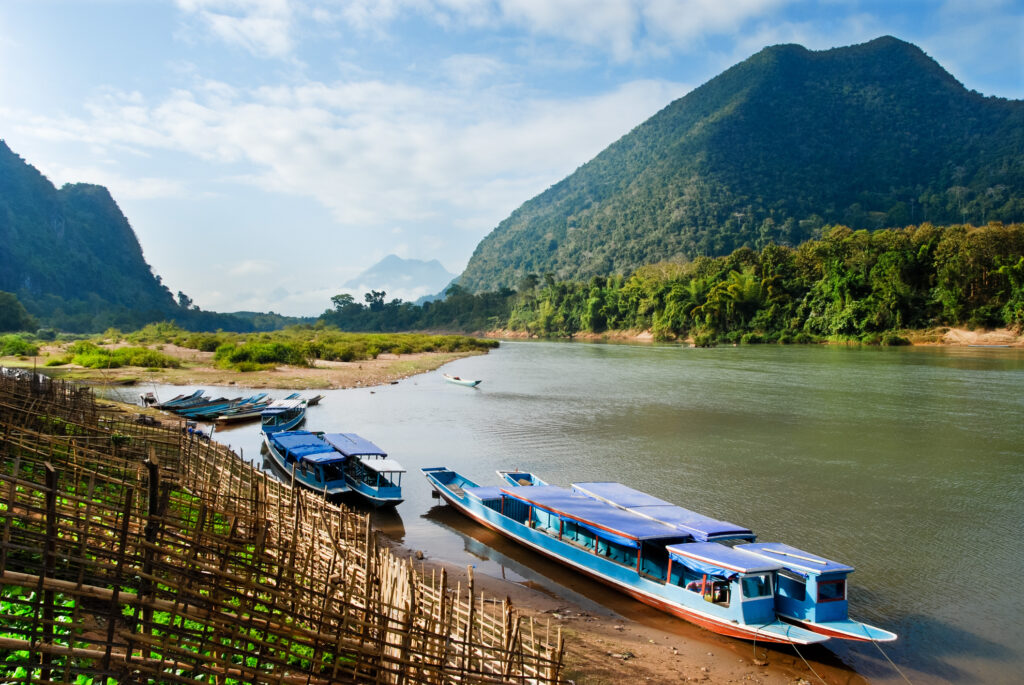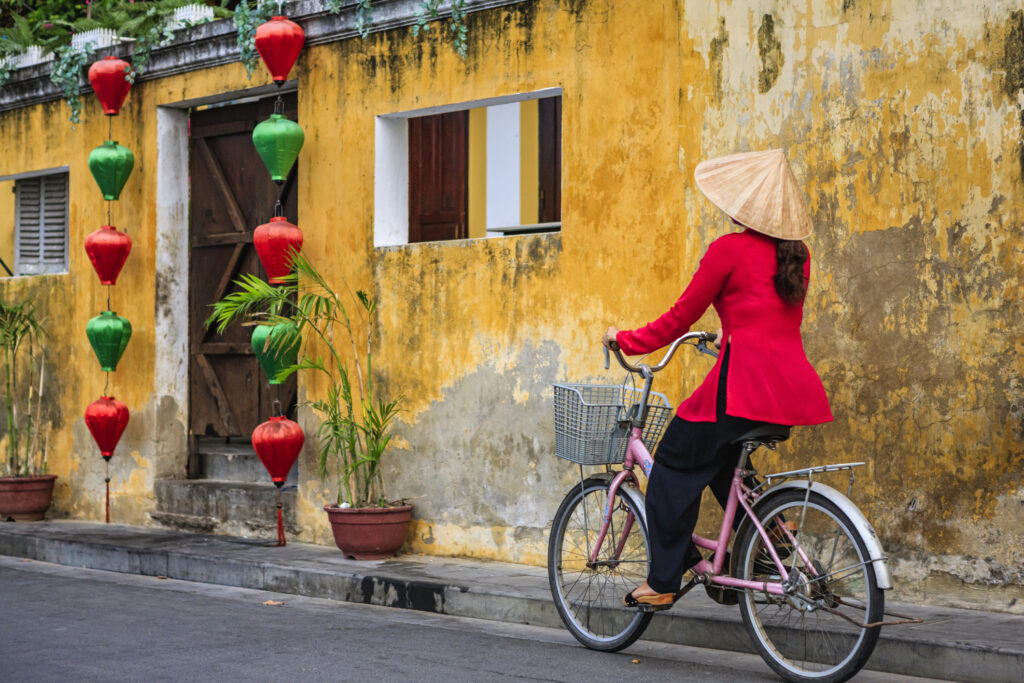It’s no secret that to take advantage of lower prices in the travel world, you need to consider travelling outside of peak season. It’s just that travelling outside of peak season usually means a pretty hefty trade-off: yes, you get lower prices, but will the weather scupper your chances of having a fantastic time? Will you even be able to get to the places you want to visit, and do the things you want to do?
But while the trade-off isn’t worth it for every destination, we’ve always been fans of off-peak travel to Burma – and here’s why.
Burma is the emerging gem in Southeast Asia’s crown: it’s got mountains of culture, history, natural beauty and old-fashioned charm, but lacks the development and overcrowding that threatens to spoil certain parts of Southeast Asia.
Unfortunately for those on a tight budget, the lack of development that makes Burma so charming also means that supply can’t yet keep up with demand – which in turn means that it’s one of the more expensive destinations to travel to in the region. (Don’t worry – it’s still nowhere near Western Europe prices – we’re talking expensive for Southeast Asia here).
Travelling during the rainy season – or the “green season” as we prefer to call it – is a fantastic way to save yourself a hefty chunk of money on a Burma holiday.
In Thailand or Indochina, prices are cheap anyway and you might save no more than a few quid by looking out of season – but green season travel can save you loads in Burma.
On one of our five-star itineraries, you could save up to 30% by travelling off-peak – the equivalent of staying at four-star hotels during high season. Travel on a four-star itinerary, meanwhile, and you could save up to 20%. With these reductions, the difference between a standard three-star itinerary and the height of luxury can be less than £500.
What’s the catch?
There must be some reason that more people don’t take advantage of this, right? Well, not really. There are a couple of downsides to low-season travel, but for most people they’re not actually as “down” as they seem.
One of them is that in the green season, inclement weather can make remote regions inaccessible to travellers. This is certainly true, but as most first-time visitors to Burma keep to the major sights clustered on the central plains, it is only a problem for a tiny minority of people. Our most popular itineraries, Best of Burma (8 nights) and Classic Burma (12 nights), for instance, are both very doable at any time of year.
Another perceived downside is the weather. Now, I say perceived, because I honestly think some people need to rethink their attitude to rain. Unless you’re travelling to Burma to lie on a beach and work on your tan (and I do hope that’s not the case) a bit of rain is definitely not going to ruin your holiday – in fact, it often provides a welcome respite from the heat.
Rain in Burma (and indeed across Southeast Asia) is nothing like the “blasted English drizzle” that Kipling despised: it comes in short, sharp bursts interspersed with periods of cloud and sun. It’s so warm that you hardly have a chance to get wet before you’re dry again, and if happen to witness to a tropical storm it can actually be rather fun.
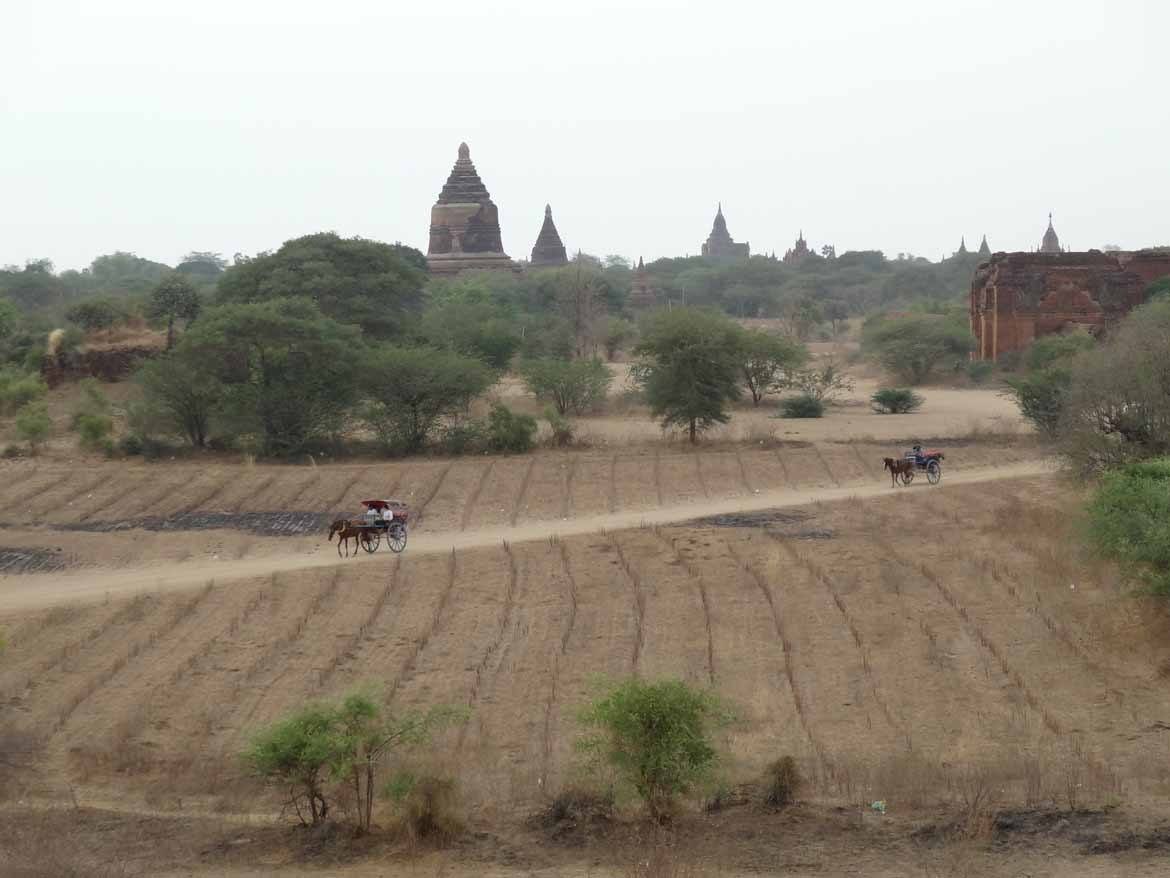
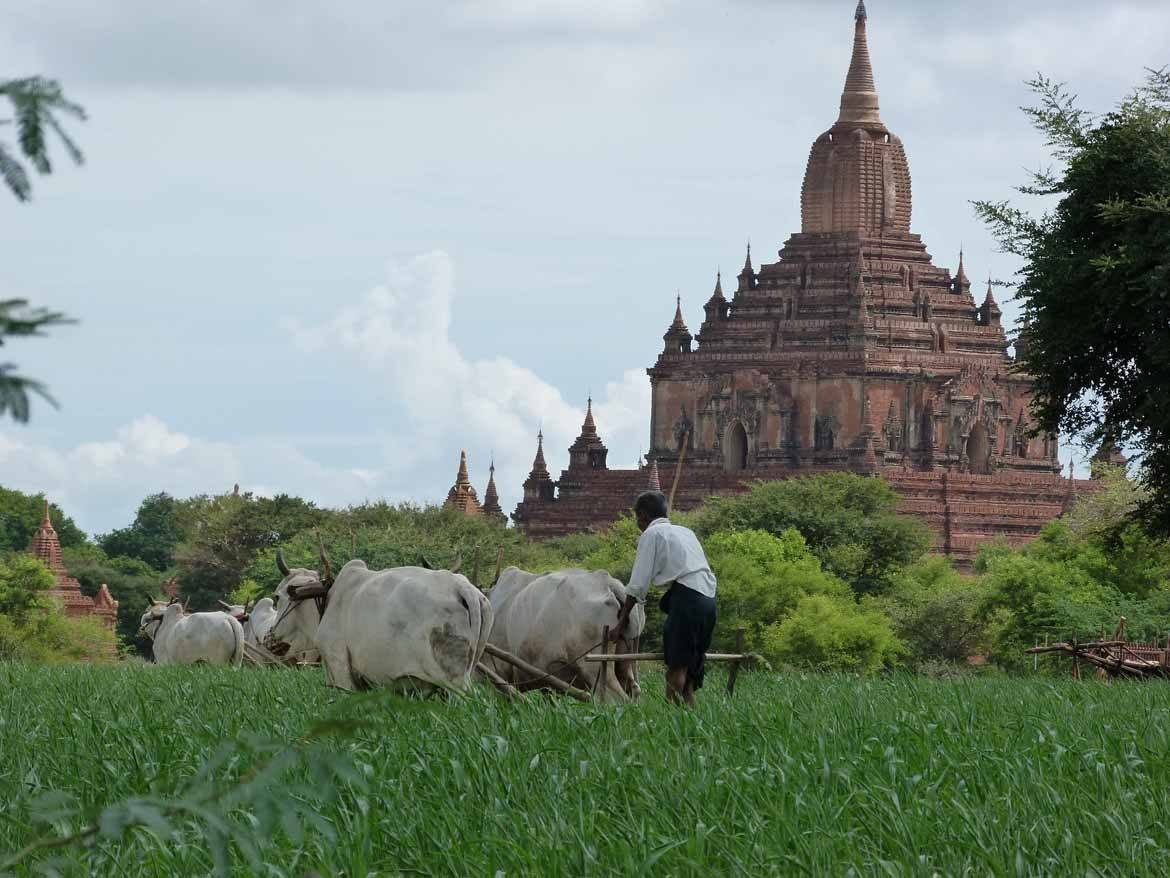
And there’s more
So now we’ve dealt with the rain and accessibility, what other differences can you expect to find during the rainy season? The answer is lots of them – and they’re all good.
As it’s off-peak, you’ll naturally experience far fewer crowds than in high season – and as there aren’t many crowds in Burma anyway, that means you’ll often find yourself the only tourist around. In this age of cheap flights and bargainous holiday deals, this is the ultimate travel luxury.
Less demand for hotels will also mean more choice, as you won’t be scrabbling for the best hotels along with everyone else. In high season the cream of the crop get booked up months in advance, but in low season you’re much more likely to get the hotels you really want.
Another great unsung benefit of travelling in the green season is that everything is – well – greener. The scenery is lush and beautiful, the lakes and rivers are full, and the fields are a rich and wonderful green. This in turn means that water-based activities like kayaking on Inle Lake or cruising on the Irrawaddy River are much improved.
My favourite example of the transformative power of the green season is Kyauk Kalat Pagoda near Hpa An. It’s wonderful at any time of year, don’t get me wrong, but it’s undeniably much more beautiful in the wet season.
When’s the green season?
Burma’s green season runs from around the beginning of May until October, while high season spans the months of November through April. You might experience more or less rain depending on where you travel.
Have I persuaded you of the joys of the green season yet? If you’re ready to book your trip to Burma right now this second, get in touch with one of our expert Burma travel consultants. And if I haven’t persuaded you, get in touch anyway – I’m sure they’ll succeed where I have failed!
Read more about green season travel to Burma: 7 reasons to travel to Burma in the green season
